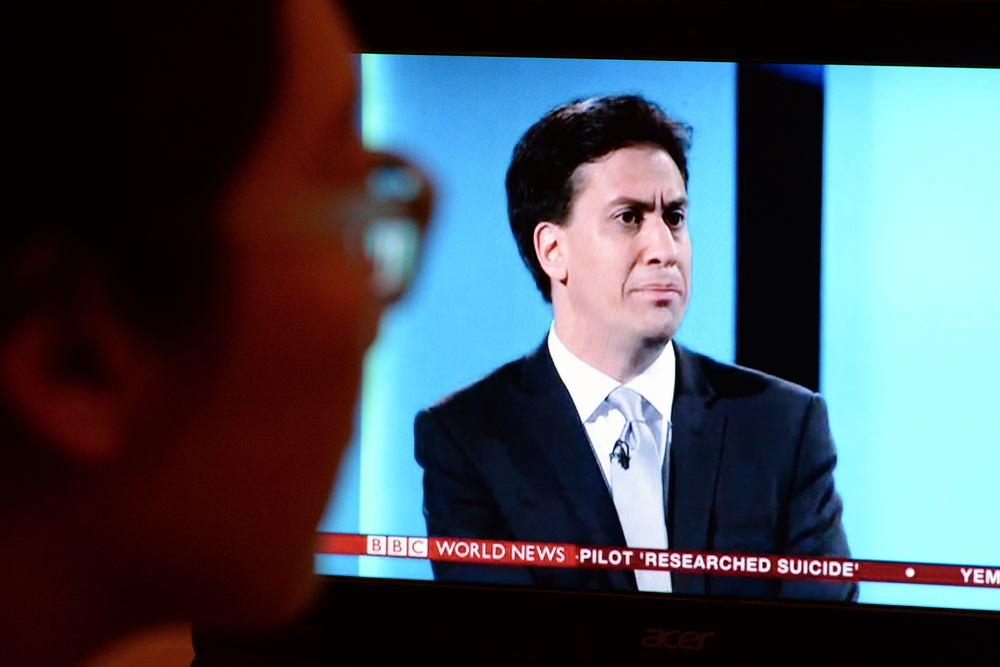The election will attract the largest youth turnout since 1964, most of whom will vote Labour, the opinion polls told us. How wrong they were.
So why were the results such a train wreck for Labour? And why was the exit poll so different to the opinion poll?
Well, firstly we know that opinion polls look at what people think they will do whereas exit polls look at how people actually voted. The bigger issue however is that we have a generation of young voters who feel no connection to politicians, they don’t understand their policies and they have no interest in the political process. The end result is they abstain from voting altogether.
>See also: Why Twitter got the UK’s first social media election so wrong
A political campaign goes far beyond just the vote itself, but if you can’t get your constituents into voting booths on polling day then everything that has gone before was a waste of time and funding. Meanwhile, voting booths are an outdated and outmoded concept in today’s digital world – the equivalent of asking folks to go into a shop and pay for their goods with a cheque.
There has been a lot of discussion around the pros and cons of digital voting, with concepts such as digital voting booths, online portals and computerised counting systems all being raised and rejected by traditionalists. But something has to change after voting figures were little more than the 65% who voted in 2010, despite all the pre-election hype and live TV debates.
Labour stands little chance of winning an election – not just in 2020, but ever – until people can vote online or via a mobile app. It’s a bold claim, but historically the younger generation has leaned towards the left, and this year’s social media reports back that up.
In the same way corporations now understand that they need to interact with millennials differently, the political parties also need to bring everything into the digital age.
By the 2020 elections, everyone under the age of 30 will have grown up with the internet and social media, so if Labour can’t work to interact with the disenfranchised millennial voters that support their voting base they will face a repeat of this year’s disaster.
Apart from the voting process, technology has dramatically changed the way people consume information, which will also have an impact on the UK’s appetite for voting.
Smartphones and wearable tech necessitate communication in snippets – sound bites of information in a tweet or text message. People certainly no longer have the attention span to engage with a 100-page manifesto.
There is a radical solution to this problem. If all manifestos are hosted digitally on a secure central database, in clear succinct bullet points that the public can easily understand, people can directly interact with the manifestos by voting on what they like or dislike, comparing their own views to those of their local candidates, and providing real-time feedback for the political parties. The digital space will allow politicians to localise the election process and gain direct interactivity that is lacking from the current system.
While online security is not yet there, would this system really be any worse than what we exists now? As long as someone knows their neighbour’s name and postcode, they can easily vote in their place – and what prevention is there to secure postal voters from being coerced?
So while there are significant hurdles to overcome before a full digital voting system comes to fruition, politicians must accept change now before they further disenfranchise younger voters.
Sourced from Chris Averill, CEO of we are experience








